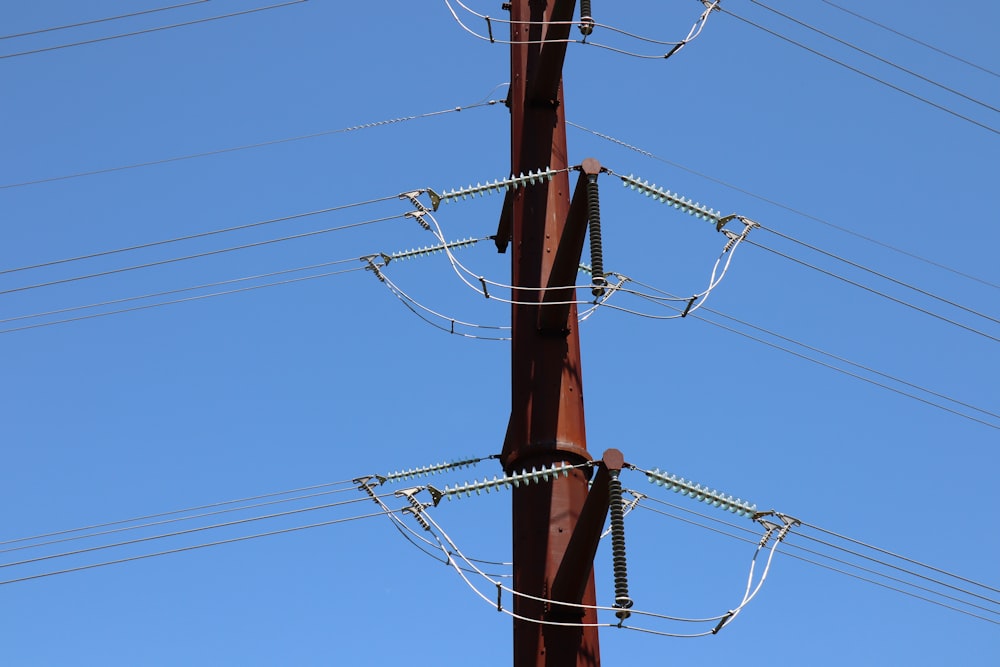Electricity Is A Secondary Source
Image Source: Unsplash
On June 10, 1752, almost exactly 272 years ago, Ben Franklin helped prove that lightning is a form of electricity that could be harnessed.
Fast forward to 2024, with electricity in high demand, we are looking at electricity as a secondary source of energy, derived from primary sources.
These include:
- Coal: Although electricity isn’t directly mined from the ground like coal, coal-fired power plants play a significant role in electricity generation.
- Natural Gas: Natural gas power plants use combustion to produce electricity.
- Nuclear Fission Reactions: Nuclear power plants harness energy from nuclear reactions.
- Sunlight: Solar panels convert sunlight into electricity through photovoltaic cells.
- Wind: Wind turbines generate electricity from wind energy.
- Hydropower: Dams and water turbines convert the kinetic energy of flowing water into electrical power
Additionally, the distribution of electricity involves materials like copper, which is commonly used for electrical wiring due to its excellent conductivity.
Other metals such as silver, gold, tungsten, and aluminum are also used in electrical systems
And, with the advent of electric vehicles and renewable energy systems, electrification doesn’t happen without copper, the heartbeat of the global energy economy.
AI and data centers consume a significant amount of electricity. It stands currently at about 2% of the world’s electricity demand with expectations to rise to 19% by 2028.
Plus, renewable energy solutions in data centers have their own challenges.
Cost, scalability, solar and wind weather reliance, reliable grid system and voltage stability.
While solar energy does not require electricity, the process of harnessing it involves converting sunlight into usable electricity.
Simply put, the photovoltaic cells that provide DC electricity are not commonly used for household appliances.
Therefore, DC must be converted to AC to be useful.
Electricity is mainly delivered through utility companies.
While I do like most of the commodities mentioned - copper, silver, gold, natural gas, and coal, for today, let us look at the ETF for utilities XLU.
A low-risk opportunity as it sits just above the 50-DMA.
XLU still underperforms the benchmark.
And the Real Motion momentum indicator is slightly below the 50-DMA while the price is above.
The phase is bullish as is the move above the January calendar range.
More By This Author:
South Africa-The ETF Rallies BigWeekly Update - Sunday, June 16
Post-FOMC - What’s Next?
Disclaimer: The information provided by us is for educational and informational purposes. This information is based on our trading experience and beliefs. The information on this website is not ...
more




